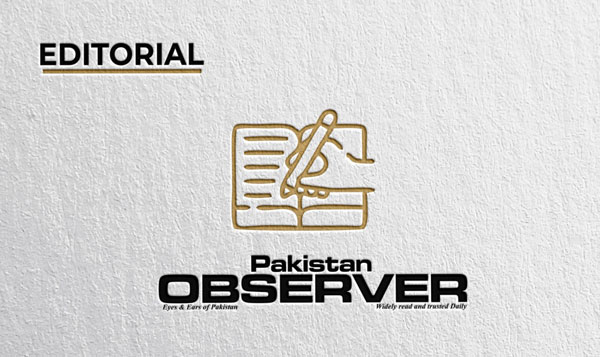THE latest Gallup survey has highlighted the miserable economic conditions of the majority of the population which is suffering beyond imagination due to ever-increasing cost of living. The survey revealed that nine out of every ten Pakistanis (91%) are worried due to rising prices of daily commodities and declared that such increase has disturbed their monthly budget. They said that they are facing extreme difficulties in managing their household budgets and have to compromise their living standards in the face of fast contracting income.
Reliable data is not available to assess the exact impact of the sky-rocketing prices on the incidence of poverty but there are reasons to believe that millions of people have been pushed below the poverty line due to price-hike that has been triggered by a record devaluation of rupee, all-time high prices of POL products, frequent upward revisions in the rates of electricity and gas, addition of both direct and indirect taxes and withdrawal of subsidies. It is all the more alarming that there seems to be no immediate reversal in the situation as the Government continues to face a financial crunch and finds it difficult to take urgently needed relief measures. No doubt, the programme for free of cost distribution of wheat flour during the holy month provided much-needed relief to the poorest of the poor to some extent but it is understood that the relief was meant for a very limited period. That the hands of the Government are badly tied was also highlighted by the adverse reaction it received from the IMF to the otherwise widely-acclaimed plan to provide petrol on subsidized rates to vulnerable segments of the society. Price stability also remains a far-off cry because of economic slowdown and the legitimate decision of the government to impose restrictions on opening of letters of credit for imports. This is also confirmed by the latest data released by Pakistan Bureau of Statistics (PBS) which showed the pace of contraction in major industries sharpened to nearly 12% in February over a year ago, as the industries reel under pressure from supply-chain disruptions, high fuel costs, policy uncertainty and an economic slowdown. It is in the backdrop of this gloomy scenario that the World Bank has projected negative growth in both industrial and agriculture sectors during the current fiscal year with overall Gross Domestic Product (GDP) growth rate at only 0.4%. The economic challenges have impacted all sectors and all segments of the population but it is particularly so in the case of fixed income groups. While industrialists and businessmen increase the prices of their products and services with each increase in the prices of POL products, utility tariffs and currency devaluation, the salaried class has been left at the mercy of circumstances as there is no system for indexation of salaries to inflation as was once introduced by Dr Mehbubul Haq. The policy-makers will have to come out with a satisfactory response to this pathetic situation in the budget for the next financial year.









